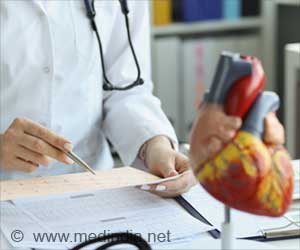Various high-profile false convictions were reviewed by a target article recently published in Journal of Applied Research in Memory and Cognition (JARMAC).

The authors reveal that even DNA evidence, more famously known for exonerating wrongfully convicted people, has contributed to false convictions, especially when other, flawed, evidence chronologically precedes it, such as a mistaken eyewitness identification or false confession.
"Popular TV programs, such as CSI: Crime Scene Investigation, communicate a false belief in the powers of forensic science, a problem that can be exacerbated when forensic science experts overstate the strength of the evidence," explained leading author, Saul Kassin.
The study does not just point out flaws – it details many things that can be done to limit or avoid these problems, both during an investigation and during a trial. The authors propose various best practice recommendations to reduce confirmation biases. During the investigation, for example, an easy solution would be to shield forensic examiners from everything other than the evidence they are examining. This minimizes chances of fitting the evidence to a known suspect.
"The target article describes an important force that has the potential to erode the quality of our judicial system. Solving the problem will require psychological researchers, legal scholars and forensic scientists communicating with one another– a process that is fostered by the exchange of ideas," says Ronald Fisher, Editor-in-Chief of JARMAC, and Professor of psychology at Florida International University.
Source-Eurekalert










